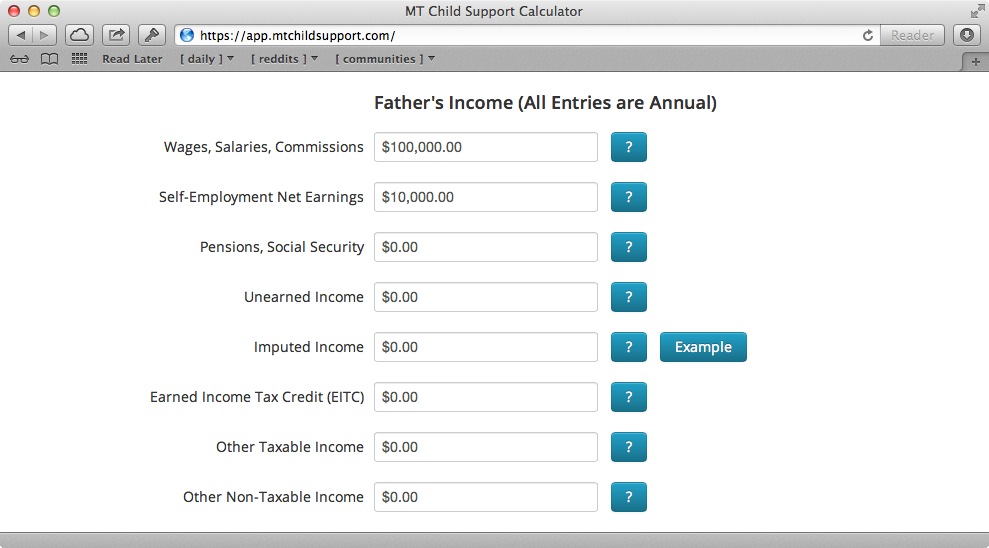Under Montana law, if you divorce and have a minor child you must implement a parenting plan as a part of your divorce. Of course, not everyone who has children is married so sometimes parenting plans are ordered in other circumstances. But in either case, a parenting plan requires court involvement. The purpose of a parenting plan is to guide parenting between two people who may not be getting along anymore. Or, if you are getting along now – to solidify a plan in case that changes in the future. A parenting plan can cover a wide variety of topics – but it always focuses on children. Most often, we think of a parenting plan as being a plan for where the children are staying and when. It covers a week to week plan of where the child will stay. It covers what weekends the child is where. It even can specify which holidays are spent with each parent.
But a parenting plan is more than just a description of where the child is when. It’s meant to be a plan for the child’s future. And that plan includes child support. That’s why whenever a parenting plan is being implemented, it must also include a child support order. And a child support order is based off the child support guidelines and calculated using the same formula our site uses.
Implementing a parenting plan starts with a petition. If it’s in the context of a divorce then it’s a Petition for Dissolution of Marriage. If it’s in the context of solely a parenting plan (if the parents weren’t married) then it’s a Petition for Establishment of a Parenting Plan. Either way, that document starts a court case in District Court. If you filed the petition, then the other parent will have an opportunity to respond. Usually the petition includes your proposed parenting plan and the response contains the other parent’s.
Once all the necessary paperwork has been filed with the Court (you should consult a lawyer to find out what is required in your case) you can ask for a hearing to be set. In a divorce the required paperwork is far more involved. Either way, once everything is submitted you can go before the judge. This will either be in the context of a trial or a contested hearing. For these purposes those are basically the same thing.
At the hearing you’ll be able to testify and call other witnesses to testify on your behalf. The other parent will be afforded the same opportunity. You can also introduce evidence for the judge to consider. At the end of the hearing the judge will make a decision. He make make the decision right away, or he may “take it under advisement.” This just means that the judge needs more time to make a final decision. If it’s taken under advisement, you’ll be notified of the Court’s decision by mail.
There is another possibility. Often, parents will come to an agreement before the hearing to avoid the time and expense of trial. This is usually called settlement. When both parents agree on a parenting plan and child support amount, they can stipulate to a parenting plan. Almost always, the Courts adopt these stipulated plans. However, in Montana the Courts are required to always take the best interests of the child in to account – which means that the Court has to review anything the parents agree to in order to ensure that it’s in the child’s best interest.

 Many people using our online child support calculator are doing it because they are representing themselves in a divorce, child custody, or child support matter in Court. For most people, going in to Court unrepresented is an intimidating and difficult thing. Luckily, Montana has the Self Help Law Program, with offices across the state.
Many people using our online child support calculator are doing it because they are representing themselves in a divorce, child custody, or child support matter in Court. For most people, going in to Court unrepresented is an intimidating and difficult thing. Luckily, Montana has the Self Help Law Program, with offices across the state. An often overlooked aspect of the child support guidelines is that they allow estimations of tax in cases where that information is not available. So, for example, if your other parent is being uncooperative or you’re just trying to create a calculation with the information you have on hand. The estimation process uses some complicated IRS formulas and tax tables to come up with a decent approximation of what your other parents might owe. Here at the Montana Child Support Calculator, it didn’t make a lot of sense to us that we’d do the math on the calculation for you – but leave you high and dry when it came to the calculations. So we rolled up our sleeves and made the whole process automatic. Now, just click the “Estimate Taxes” button for either the mother or the father, and we’ll take care of the rest. Just enter as much information as you know about their income and other expenses. One thing to be aware of, if you’ve entered any information for their Federal Income, State Income, SS, or EITC – doing this will wipe that out and replace is with our estimates.
An often overlooked aspect of the child support guidelines is that they allow estimations of tax in cases where that information is not available. So, for example, if your other parent is being uncooperative or you’re just trying to create a calculation with the information you have on hand. The estimation process uses some complicated IRS formulas and tax tables to come up with a decent approximation of what your other parents might owe. Here at the Montana Child Support Calculator, it didn’t make a lot of sense to us that we’d do the math on the calculation for you – but leave you high and dry when it came to the calculations. So we rolled up our sleeves and made the whole process automatic. Now, just click the “Estimate Taxes” button for either the mother or the father, and we’ll take care of the rest. Just enter as much information as you know about their income and other expenses. One thing to be aware of, if you’ve entered any information for their Federal Income, State Income, SS, or EITC – doing this will wipe that out and replace is with our estimates.